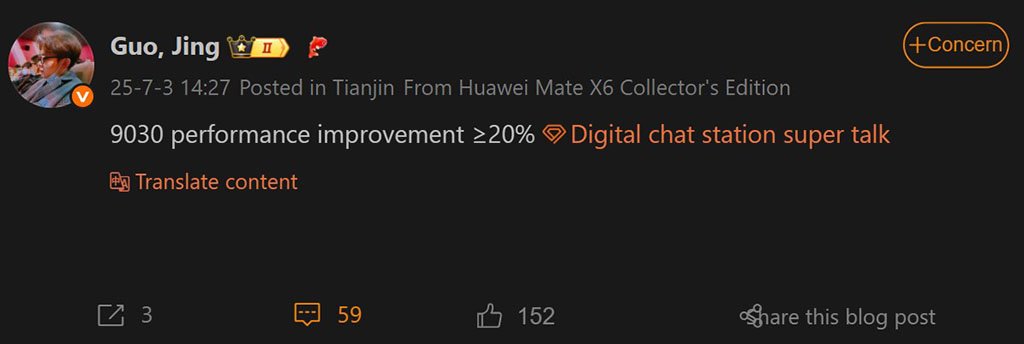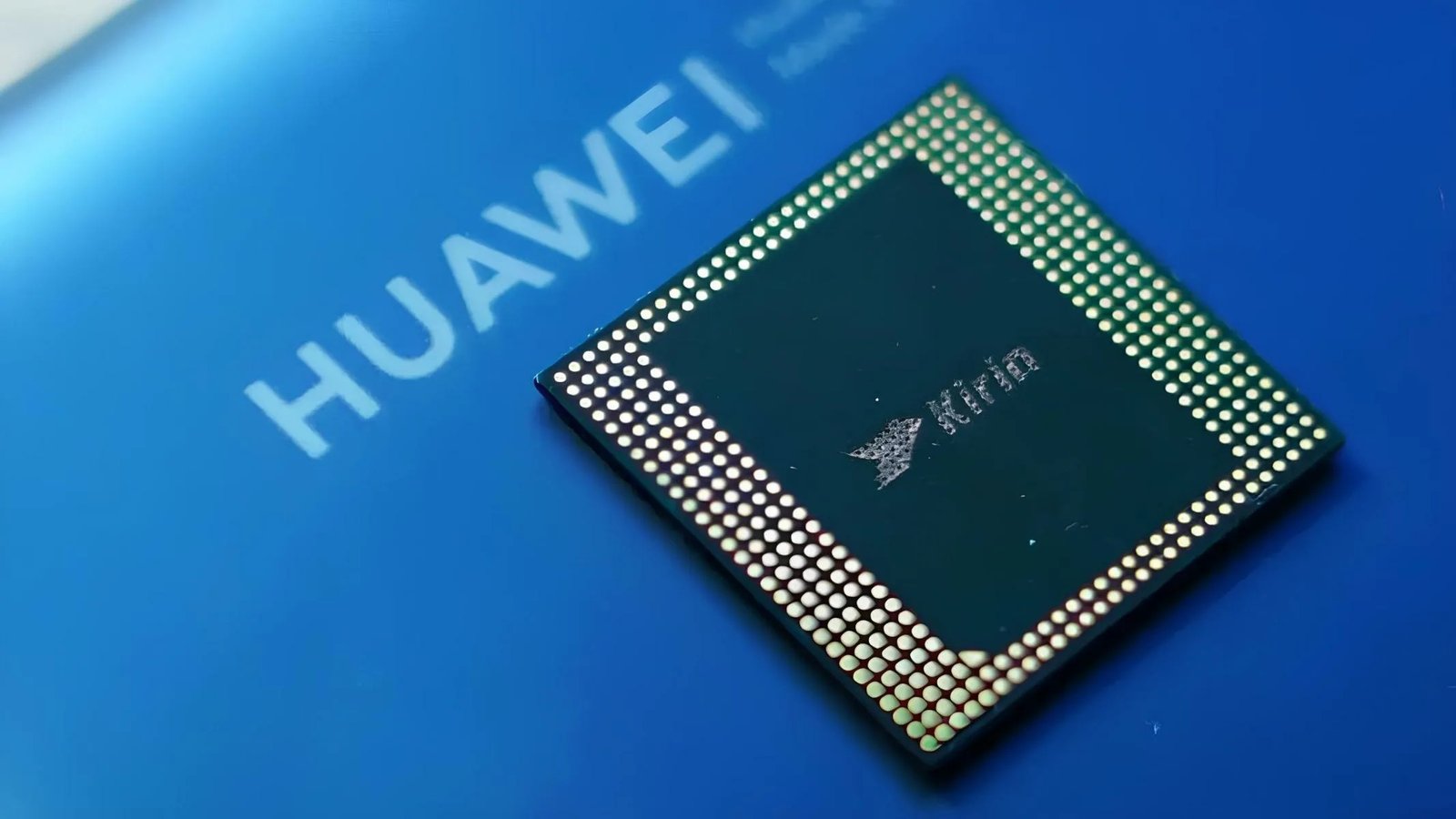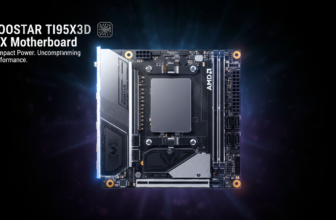Huawei is preparing to unveil its next flagship smartphone lineup, the Mate 80 series, in the fourth quarter of 2025. Continuing its long-standing strategy of pairing major hardware updates with new silicon, the company is expected to debut the Kirin 9030 chipset alongside these devices. According to early reports, the upcoming processor could deliver a notable 20 percent performance increase over previous generations.

Details about the Kirin 9030 remain limited, but the latest rumor originates from Chinese social media platform Weibo, shared by a user under the handle ‘Guo, Jing.’ Huawei Central was among the first to report the claims, which suggest Huawei is making incremental gains in silicon development despite ongoing manufacturing challenges.
Huawei and its semiconductor partner SMIC (Semiconductor Manufacturing International Corporation) have faced significant hurdles in moving to advanced fabrication nodes. The company’s Kirin X90, recently launched in some notebook products, still relies on a 7nm process rather than a more competitive 5nm technology. This limitation is largely due to trade restrictions and the lack of access to extreme ultraviolet (EUV) lithography equipment, which is critical for advanced chip production.

At this stage, it is unclear whether the Kirin 9030’s reported 20 percent performance improvement is relative to the Kirin 9020 used in the Mate 70 series or the earlier Kirin 9010. The manufacturing process for the new SoC has also not been confirmed. Some industry rumors have hinted at limited progress on a 5nm node without EUV tools, but analysts suggest that even if such a breakthrough was achieved, mass production at a commercially viable scale would remain difficult.
Given these constraints, there is a strong possibility that the Kirin 9030 will continue to utilize SMIC’s 7nm process. Achieving a performance uplift of this magnitude on the same node would represent meaningful progress in architectural efficiency and design optimization.
Despite lagging behind competitors like Qualcomm and MediaTek in terms of raw processing power, Huawei’s Mate series has historically performed well in its domestic market. The Mate 80 lineup is expected to follow this trend, especially with strong demand in China, where Huawei’s devices remain popular.
More information about the Kirin 9030 and the Mate 80 family is likely to emerge as the launch window approaches. Until then, Huawei’s ability to navigate supply chain challenges and maintain relevance in the premium smartphone segment will remain closely watched.
Source: Wccftech, Huawei Central







